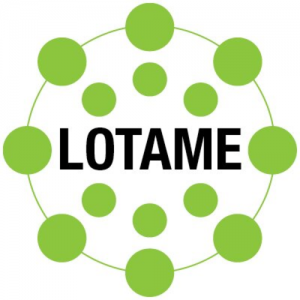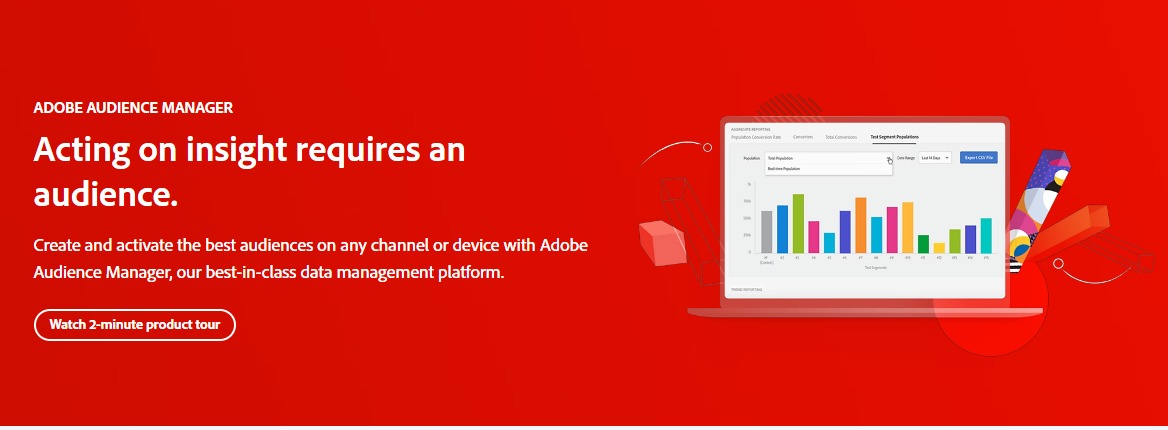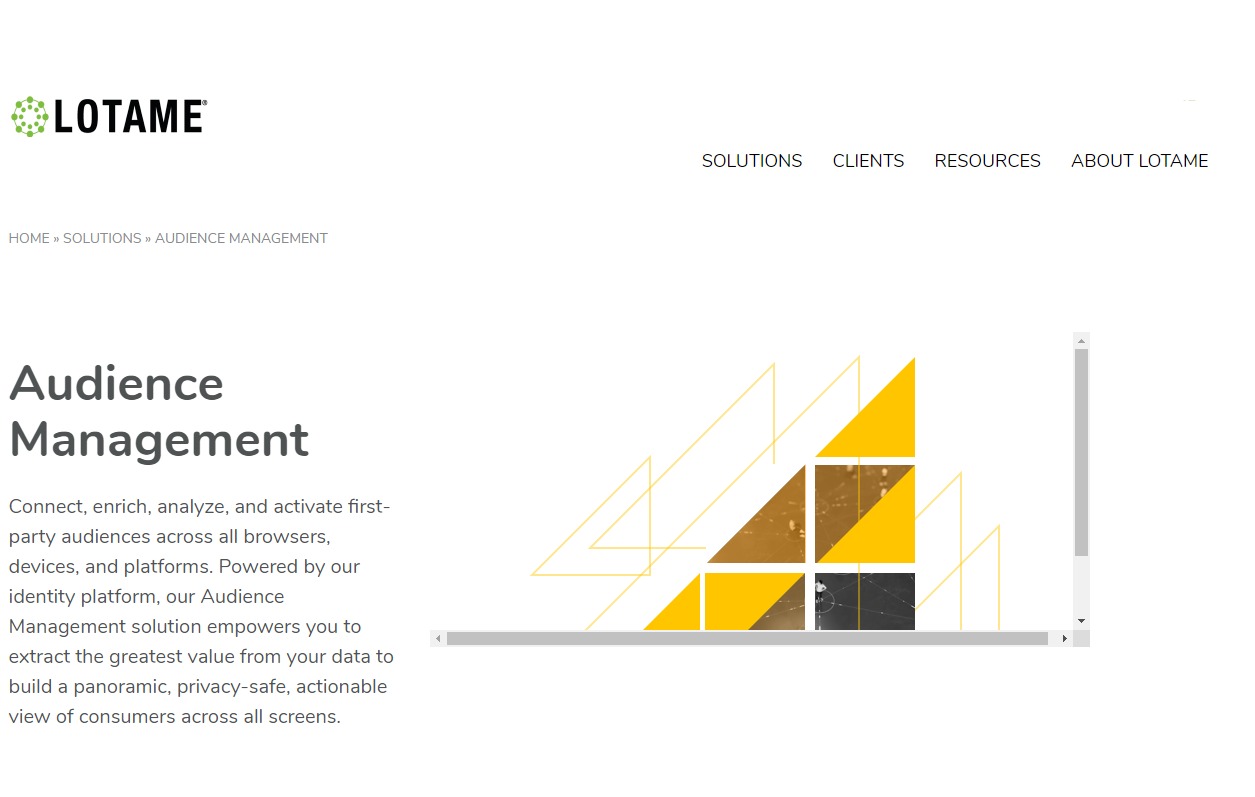It’s not enough for digital publishers to sign up to an ad network and call it a day. Maximizing ad revenue requires a top-down view and a willingness to explore software options.
In the era of programmatic advertising, data management platforms (DMPs) are an essential tool for digital publishers, serving as data ecosystems that help shape digital ad campaigns.
Essentially, the more first-party data a publisher feeds a DMP, the more audience insight on that website an advertiser has when developing their marketing budgets.
With marketing budgets rising in 2022, now is the time for publishers to consider either signing up to their first DMP, or possibly switching providers.That being said, with dozens of DMPs on the market it can be tricky selecting the right one.
Determining whether a DMP is the best fit comes down to both its feature set as well as the prospective client’s needs. Publishers need to factor in the cost, the accessibility of the user interface (UI), and the system performance among other parameters.
They can also include how comprehensive the audience segmentation is, adaptability for video and whether a DMP serves the needs of publishers or advertisers better. Join us, as we narrow the list down to the seven best DMPs for digital publishers.
What Are Data Management Platforms?
A DMP is a software that stores first, second and third-party user data and leverages that data to help build audience segments that advertisers can use in their audience targeting.
As part of the real-time bidding (RTB) process, advertisers will generally leverage DMP data in the form of constructed audience segments to instruct demand side platforms (DSPs) on which users to target with ads.
Publishers and advertisers upload their first-party data into the DMP, which can then be enriched by second-party data gathered from business partnerships and third-party data. DMPs collect third-party audience data — such as customer purchases — from users by leaving third-party cookies on browsers as well as through other sources.
This third-party data collection has proved invaluable for customer insights, although the push to remove third-party cookies from browsers has complicated this. As third-party cookies are phased out, the best positioned DMPs will be the ones embracing alternatives.
How Does a Data Management Platform Work?
DMPs work by synching their collected information with data vendors — organizations that operate in the data marketplace by collecting and distributing third-party data — to find relevant audiences to show ads. They do this by using first-party data and audience segments to find high-value users.
DMP features such as lookalike modeling, which searches for similar audience segments, are used to help expand the original target audience.
These functions boost the performance of the programmatic advertising ecosystem. The right ad in front of the right set of eyes means a higher click-through rate (CTR) which, in turn, means higher advertising income for publishers.
Data Management Platforms vs Customer Data Platforms
While a DMP and a customer data platform (CDP) both store and analyze data collected about users, the differences lie in the way they use that data.
While DMPs leverage collected first, second and third-party data to help in both audience acquisition and retargeting, CDPs typically rely on first-party data to influence their pre-existing customer base with targeted ad campaigns or to tailor the customer experience.
CDPs build a complete view of a customer, similar to a customer relationship management (CRM), completely removing any user anonymity.
What Are Data Management Platforms’ Benefits?
DMPs solve the issue of data siloing, where publisher and advertiser user data is segmented across many different platforms and is often locked out of clients’ hands. By automating data management tasks for publishers, DMPs provide a single, accessible and interoperable data storage solution.
DMPs provide reduced costs of advertising, improved reach of relevant segments, more detailed analysis of audience trends and better data indexing of current customer data.
In 2020, Permutive helped SHE Media ramp up their CPM by 20% across its networks. It also helped SHE Media scale up its presence by an average of 8x across all the segments it had a presence in.
In 2022, data services provider Lotame helped Dr Martens boost its click-through rates (CTRs) ninefold with a non-third-party cookie solution.
Although efficient growth is a key component of these case studies, DMPs have additional draws for both publishers and advertisers.
The Benefits for Publishers
There are two major benefits publishers can derive from DMPs.
Firstly, they provide a birds-eye view of an audience and can furnish rich insights into user data. Publishers can use a DMP to action data gathered from their user base and use this data to create more accurately tailored content for those audiences.
Secondly, publishers can also use a DMP to boost their ad revenue. DMPs can ensure that more relevant ads appear on a publisher’s site leading to a higher CTR.
The Benefits for Advertisers
DMPs are essential tools for advertisers seeking to reach a designated audience. DMPs can use data enriched through partnerships and third-party data in lookalike modeling so that advertisers can build new audience segments similar to the ones they have already constructed.
Having a well-constructed audience segment enhances several key elements of an ad campaign. It boosts the effectiveness of ad impressions — the same marketing messages are delivered to people who are more likely to engage with a product — resulting in better use of ad budgets.
How to Choose a Data Management Platform
When selecting a data management platform (DMP), it’s essential to keep in mind specific business requirements, including marketing and advertising objectives, data sources and budget.
Here are some key factors to consider while choosing a DMP:
- Data Sources: It needs to support current data sources, such as website analytics, social media, customer relationship management (CRM) and third-party data providers.
- Data Security: It should have robust security features in place, including data encryption and access controls, to safeguard data from unauthorized access.
- Data Integration: The DMP should integrate seamlessly with existing technology stacks, including marketing automation, analytics and advertising platforms.
- Data Activation: It should facilitate data activation across various channels and platforms, including programmatic advertising, social media, email marketing and mobile applications.
- Data Cleansing: The DMP should have advanced data cleansing and normalization capabilities to ensure data is accurate, consistent and reliable.
- Customisation: It should adapt to specific business needs, including the ability to create custom segments, reports and visualizations.
- Support: The DMP should provide comprehensive support, including training, documentation and customer service.
- Pricing: It should offer transparent pricing, with no hidden fees or long-term contracts.
 Edited by Andrew Kemp
Edited by Andrew Kemp 





















